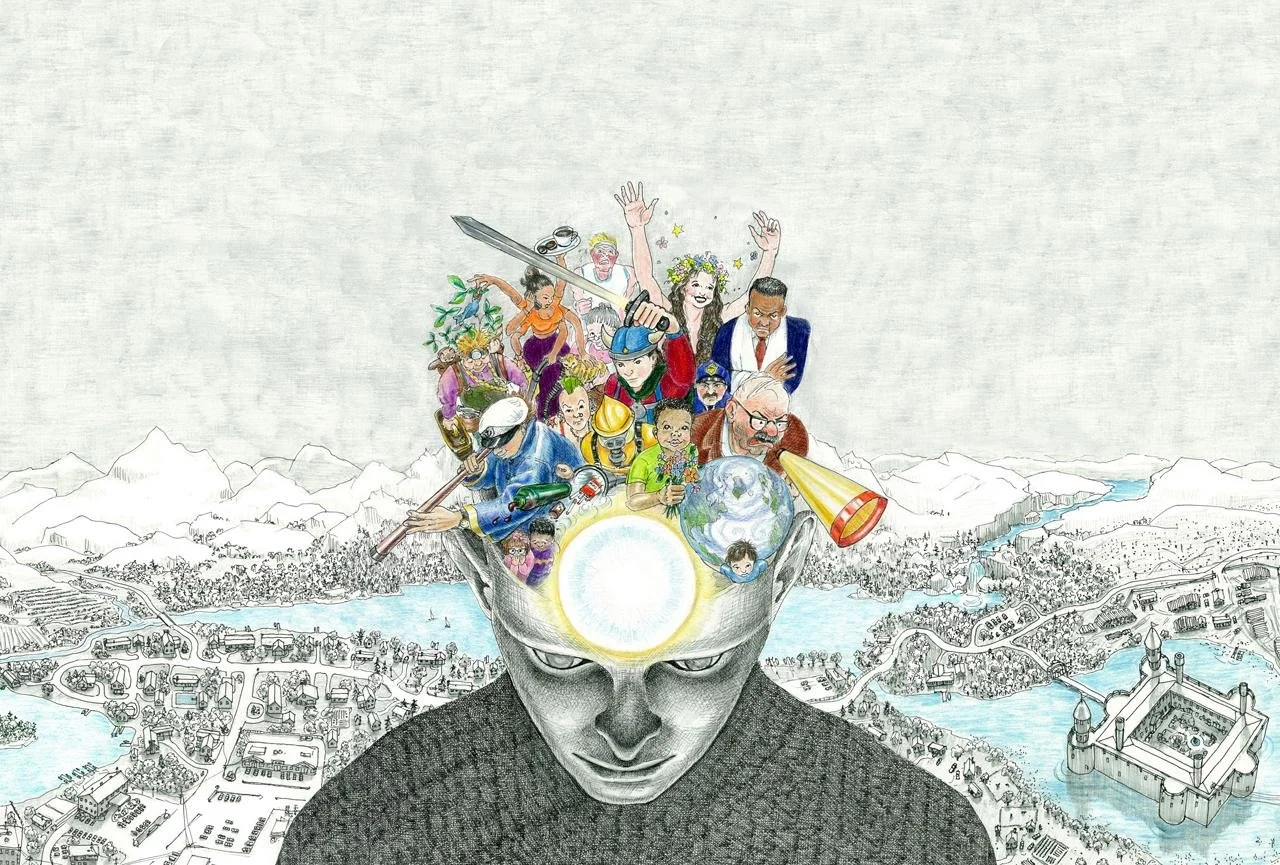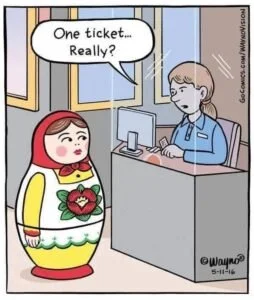How to Get Over the Person You Hate
Richard Schwartz, PhD. and Tom Holmes PhD. popularized the Jungian idea that our inner world is comprised of a whole panagerie of different characters.
Inside each of us lives in some degree every quality that a human being could possess. We have inner murderers, rapists, tyrants, terrorists, heroes, sages, saints, and everything in between.
These inner characters are constantly interacting with each other, fighting for expression and influence in our lives.
One way therapy helps us is by illuminating this inner drama.
Our dreams give us a snapshot of the psychic landscape. Our defensive patterns, our resistances, reveal the drama as well.
The part of us that we most associate with “ourselves,” the ego, has all kinds of thoughts and feelings about the other inhabitants. Some we admire and strive to manifest. Others we banish from awareness. Whatever we hate, we try desperately not to acknowledge in ourselves—and of course, vice versa— what we can’t acknowledge in ourselves is what bothers us most about other people.
Most of our interpersonal conflict and relational sabotage comes from this— our fear of discovering in ourselves the same qualities that we despise in others. But if we can at least acknowledge this fact, we have a path. Not only are we not so different from those we demonize, but the quality we hate is just a part of the person, not the whole person.
To say, “I hate the part of you that is dismissive, or cares more about being right than working together, or is inspired by opposite political ideas,” is far more humanizing than to think of someone as an irredeemable destructive force.
If we wish to take even greater responsibility for our attitudes and feelings, we can say, “I hate the part of myself that isn’t able to respond to you more effectively.” For this is inevitably the case when someone disturbs us. We’re distressed because we don’t know how to get our needs met with this person, whether that means somehow influencing them to change their perspective or behavior, or finding a way to tolerate and accommodate them.
The one caveat with hating in general is that there is a temptation to be satisfied with hating, rather than using the energy of the emotion constructively. It’s easy to build an identity around what we hate and leave it at that, rather than allow the intensity of anger to push us toward change.



